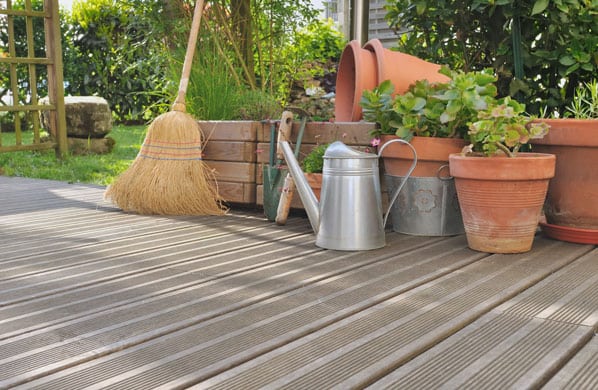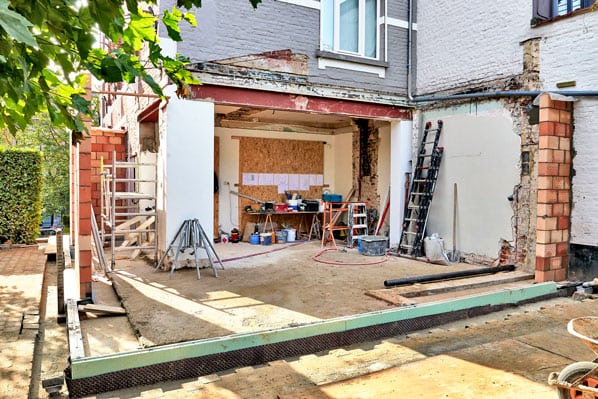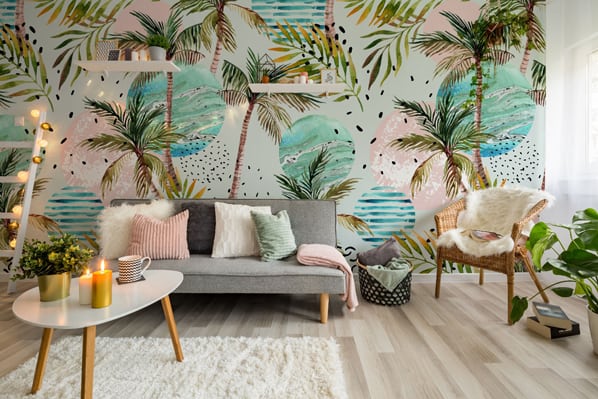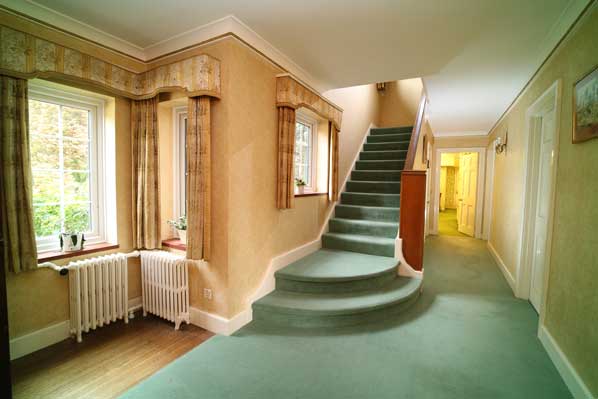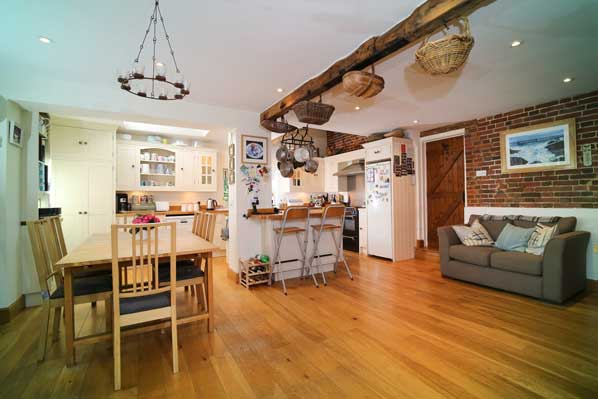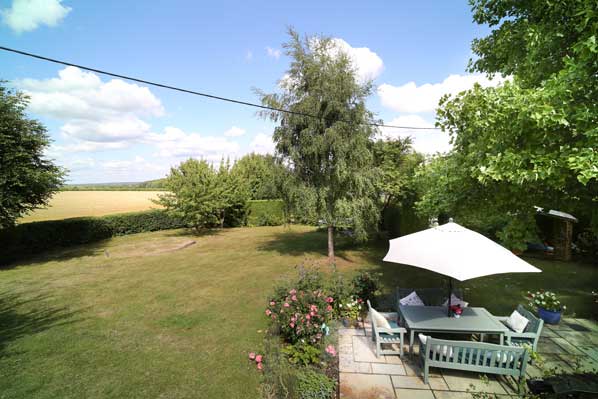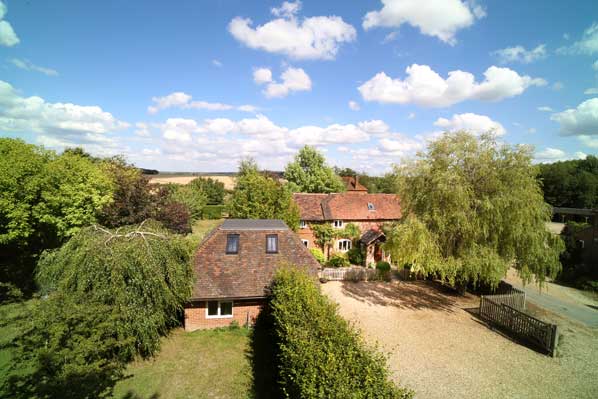The author, blogger and wife of musician Tom Fletcher shows Gabrielle Fagan how she put together a ‘rocking’ nursery for their new son, Max Mario.
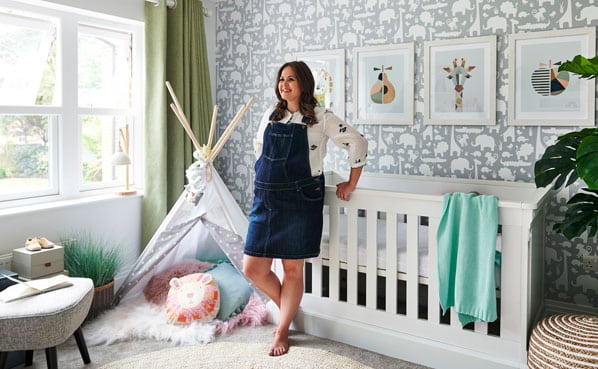
“Welcome to the world, Max Mario Fletcher,” Giovanna Fletcher proudly declared on Twitter, celebrating the birth of her third baby this August.
Now, she’s delightedly showing off the beautiful nursery she’s created for him in the home she shares with musician husband, Tom – of McFly and McBusted fame – and their other sons: Buzz, four, and two-year-old Buddy.
The bestselling novelist and podcast guru worked with online interiors specialist, Wayfair.co.uk, to revamp a bedroom and transform it into an airy, gender-neutral, tranquil space ready for the family’s newest arrival.

“I really wanted to freshen up the space, as it’s not been redesigned since it became Buzz’s room four years ago and it looked really tired and worn,” explains Giovanna, 33. “I wanted a clean space that felt homely and calming but full of sweet details and practical, affordable picks. It was important it was gender neutral as we didn’t find out the sex before he was born.”
“The jungle-themed wallpaper is stunning and adds so much to the space, while also being neutral. I really love a statement design,” Fletcher enthuses. “We have flamingos in the downstairs loo, an intricate story-based design in the boys’ room and then full on ‘flower power’ in my office.”
“The teepee tent (Hokku Designs Play Tent, £136.99, Wayfair) is gorgeous – such a unique but affordable touch,” she adds. “I can really imagine him lying in there and taking it all in.

“There are also so many textures to explore with the cushions, throws and rugs, and the muted pastel shades help make it all look so beautiful.”
“I’m also really happy with the wardrobe and changing unit. Babies come with a lot of stuff,” says the new mum. “Being the third child, this baby is inheriting a fair few clothes, so it’s good to have somewhere to put it all.”
The Fletchers have a busy lifestyle. Giovanna writes romantic fiction and blogs about life as a mum – plus there’s the Happy Mum, Happy Baby podcast she hosts; she documented her third pregnancy throughout, sharing details with her social media fans. As well as performing and touring with his bands, guitarist and singer-songwriter Tom also writes – children’s fiction – and this year saw the couple publish Eve Of Man, the first book in a trilogy they’re co-writing.
“We moved into our house 12 years ago, when we were only 21 years old, and kept it just as it was initially,” reveals Fletcher – Tom and Giovanna were childhood sweethearts after meeting aged 13 at the Sylvia Young Theatre School, and married in 2012.
“We bought a show house, which was great for us at the time as it was hassle-free and looked stunning,” she recalls. “But as time went on, we realised it didn’t really show off our personalities or interests.
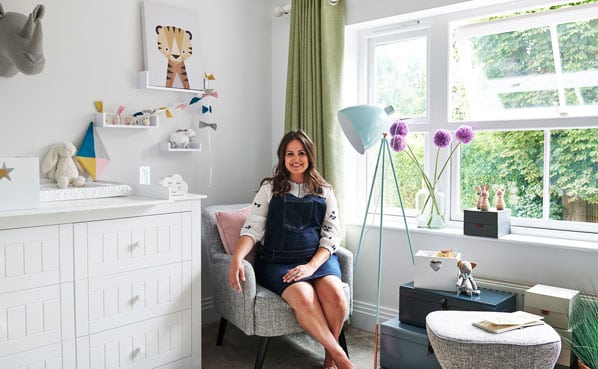
“About two years ago, we decided to make some upgrades – the house is now a collection of the things we love.” There’s a music room for Tom, 33, and one end of their spacious lounge converts into a cinema space.
“Having children also forced us to look at our home differently. Before we became parents, we did a first aid course which led us to an extensive ‘risk assessment’ in the house. It completely freaked us out, and made us view everything as a potential threat,” Fletcher adds, laughing.
“So glass went, any sharp corners were frowned upon, stair gates went in and locks were fitted on locks!”
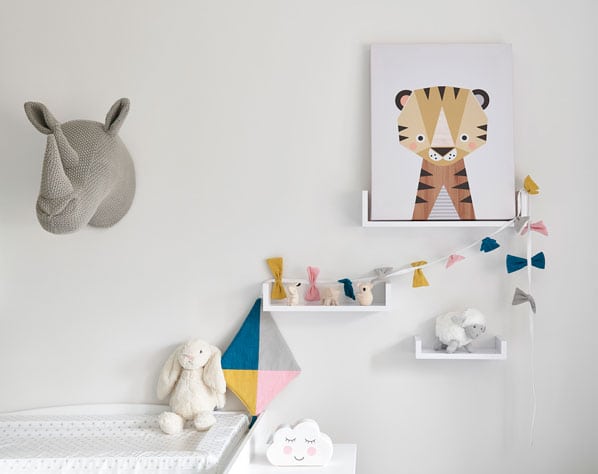
She feels that since the redecoration, they’ve been able to have more fun with their space.
“Growing up, I can remember being told off about doing anything that might damage the carpet, sofas or breakables. Our boys still have to be careful, of course, but I’d say our style has become more family-friendly,” Fletcher reflects. “Children take over and there’s not a single room that doesn’t contain some sort of child-related item! But I like rooms to reflect some personality, while being inviting and cosy.
“Our home’s colourful, warm, inviting, cosy, inspiring and calming, depending on where you are in it. It’s also practical. I’m not one for useless faff.”

